'One of the biggest country house sales of the century so far' is under way, a superb and historic £32m property in Kent
The astonishing and exquisite Linton Park has come up for sale with a £32 million price tag. Penny Churchill reports.
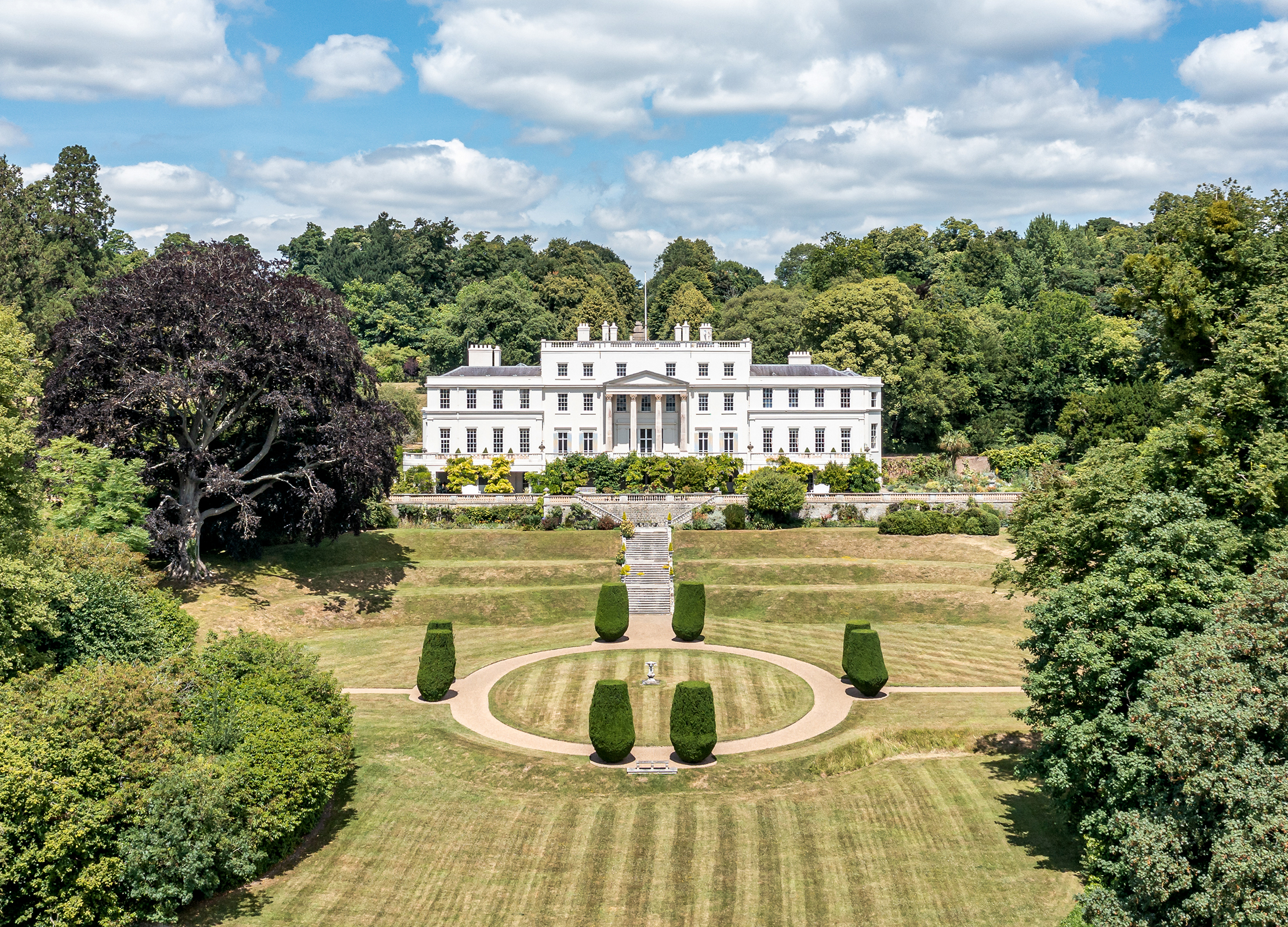

Grade I-listed Linton Park, with its Grade II*-listed gardens, woods and parkland overlooking the Weald, four miles south of Maidstone, promises to be one of the country-house sales of the year — if not of the century to date.
Described by Mark McAndrew of selling agents Strutt & Parker as ‘a jewel in the heart of the Garden of England’, the Linton Park estate comprises the impeccably restored, 28,824sq ft main house, which boasts 12 bedrooms, six principal reception rooms, garden rooms, a catering kitchen and extensive domestic offices; 20 acres of magnificent gardens, historic parkland, a lake and a cricket pitch, some 440 acres in all; and a coach house with a flat above and 16 further residential properties, all in excellent order and producing a considerable income. He quotes a guide price of ‘excess £32 million’ for the estate as a whole.
Alternatively, offers of more than £17.5m are invited for Lot 1, comprising the striking, stucco-fronted main house, the coach house, gate lodge, gardens, grounds, parkland, lake and cricket pitch—some 316 acres in all; Lot 2, the residential portfolio of 13 houses and cottages let on assured shorthold tenancies or service occupancies, calls for ‘offers in excess of £13.5m’, with ‘offers over £1m’ sought for Ranters Land, a 96-acre parcel of good arable and woodland to the south of the property, separated from the parkland by Butt Green Lane.
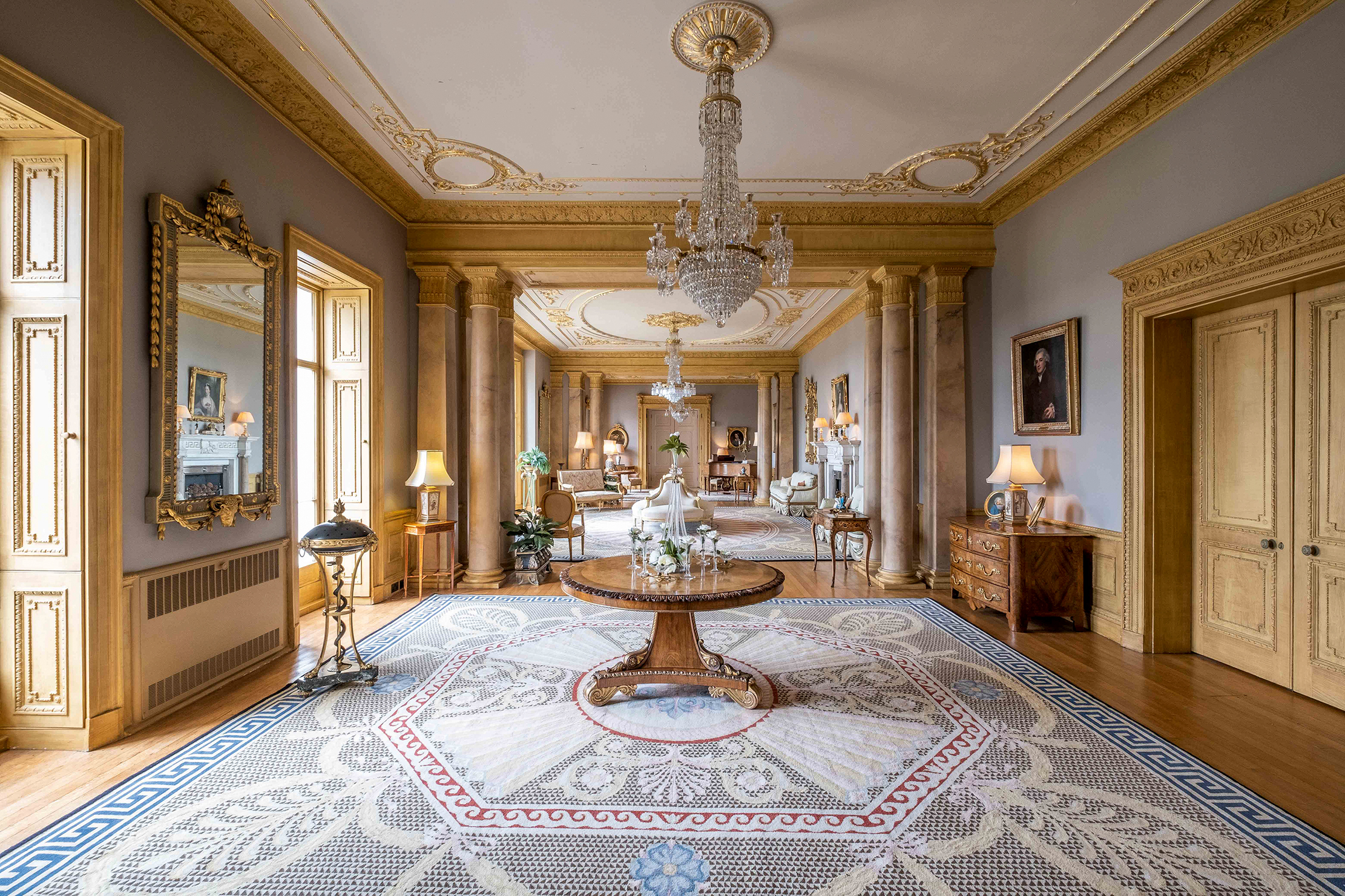
In the first of two Country Life articles by the magazine’s long-time Architectural Editor Christopher Hussey (March 29 and April 5, 1946), the setting of Linton Park is laid out in all its glory: ‘Looking over the Kentish Weald, the white front of Linton shining on the ridge forming its northern edge, is a familiar landmark visible for 20 miles. Approached over the crest by a wide and magnificent beech avenue, suddenly the ground drops, the beeches give way to tall elms, and you see the house below you with the blue expanse of the Weald stretching, for a moment, beyond and above it. It is a breath-taking glimpse that you do not see again till you come out on the Terrace along the south front…’
The site, naturally favoured by its full southern exposure, protection from the north and sufficient height to be above the spring frost level, had, for two centuries, been further protected by plantings to the flanks, so that the terraces and adjoining slopes enjoyed horticultural advantages in addition to the rich soil long famed for fruit and crops. It was these conditions, Hussey reveals, that attracted Olaf Hambro of the eponymous banking family, when, in 1937, he acquired Linton from Lord Cornwallis. Hussey himself was already familiar with the magnificent planting on the estate carried out by successive generations of the Cornwallis family, which was originally described in Country Life in an article in February 1899.
From the late 12th century until the early 1700s, the site on which Linton Park stands was occupied by a house called Capell’s Court. In about 1730, that house was demolished by the estate’s then owner, Sir Robert Mann, who built the first part of the present house. On his death in 1751, the house passed to his son, Edward, and in turn to Edward’s brother, the diplomat Sir Horace Mann, who was permanently resident in Florence. Sir Horace was a friend and long-time correspondent of Horace Walpole, who, following a visit to Edward Mann at Linton in 1757, wrote to Sir Horace saying that ‘the house is fine and stands like the citadel of Kent; the whole county is its garden’.
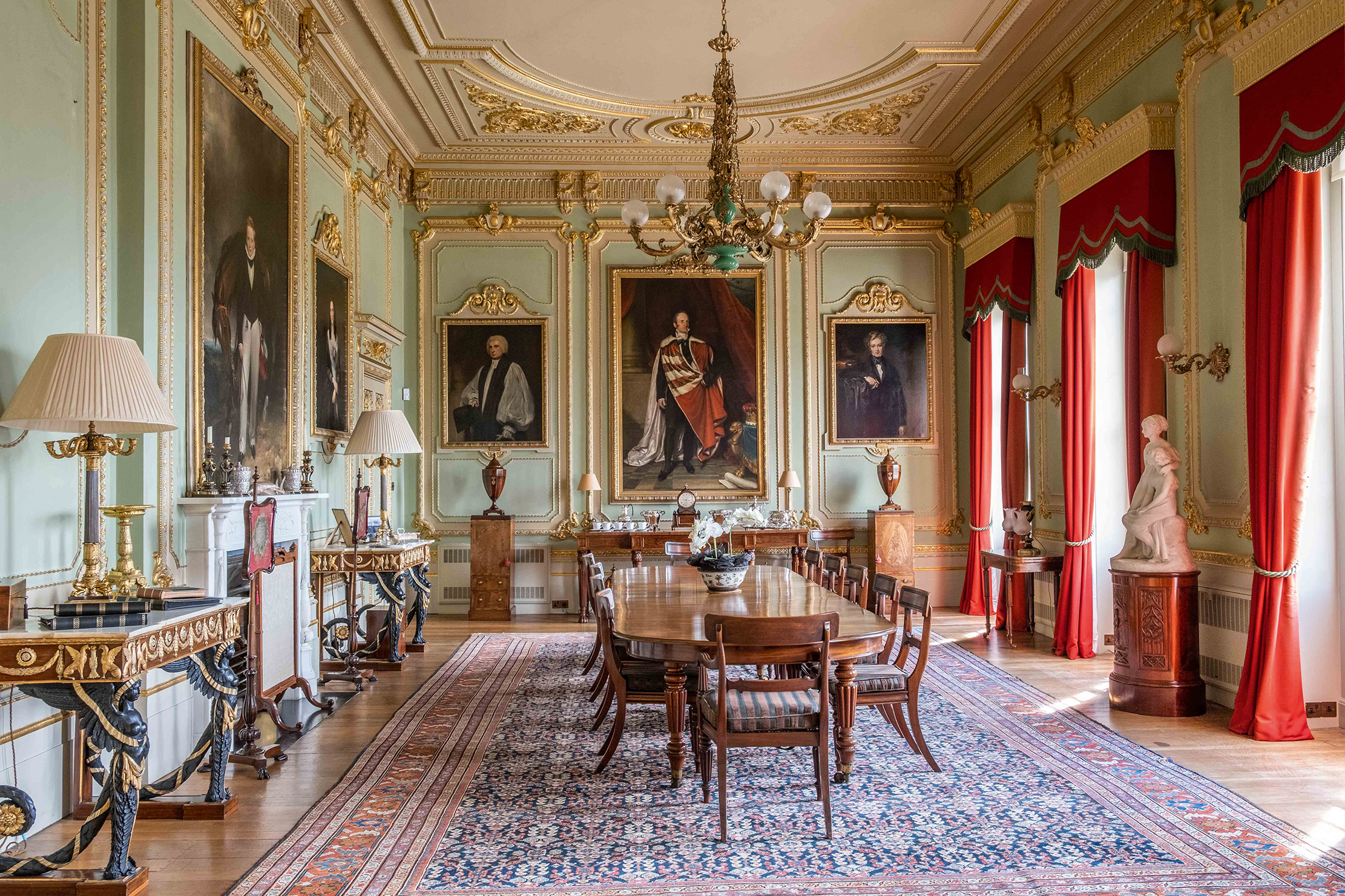
Large additions were made by the 5th Earl Cornwallis in about 1825, when the architectural remodelling of the garden and south front was also undertaken. The building work was carried out by Thomas Cubitt, who added a third storey to the original house with two-storey wings to either side, possibly to the designs of George Basevi. The layout of the gardens was greatly influenced by the Scottish garden designer John Claudius Loudon, an early exponent of the ‘Gardenesque’ theory of garden design, who visited Linton in 1825.
Exquisite houses, the beauty of Nature, and how to get the most from your life, straight to your inbox.
On the eve of the Second World War, Hambro’s main task was to reduce the Victorian sprawl of the house to manageable proportions and, in the process, bring back to the interior something of its original Georgian character. Outside, the walled service yard to the north-east survives from the extensive servants’ court built in about 1825 and demolished by Hambro after 1938.
Following Hambro’s death in 1961, Linton Park was acquired by the Daubeny family. Thirteen years later, in 1974, the house and its nearest surrounding lands were sold to the Freemasons and were briefly operated as a school before being acquired in 1985 by its current owners, Camellia Group PLC, a UK-based group of agricultural companies with subsidiaries in 10 countries producing core crops, including macadamia, avocados and tea, as well as more specialised crops, such as wine grapes and blueberries.
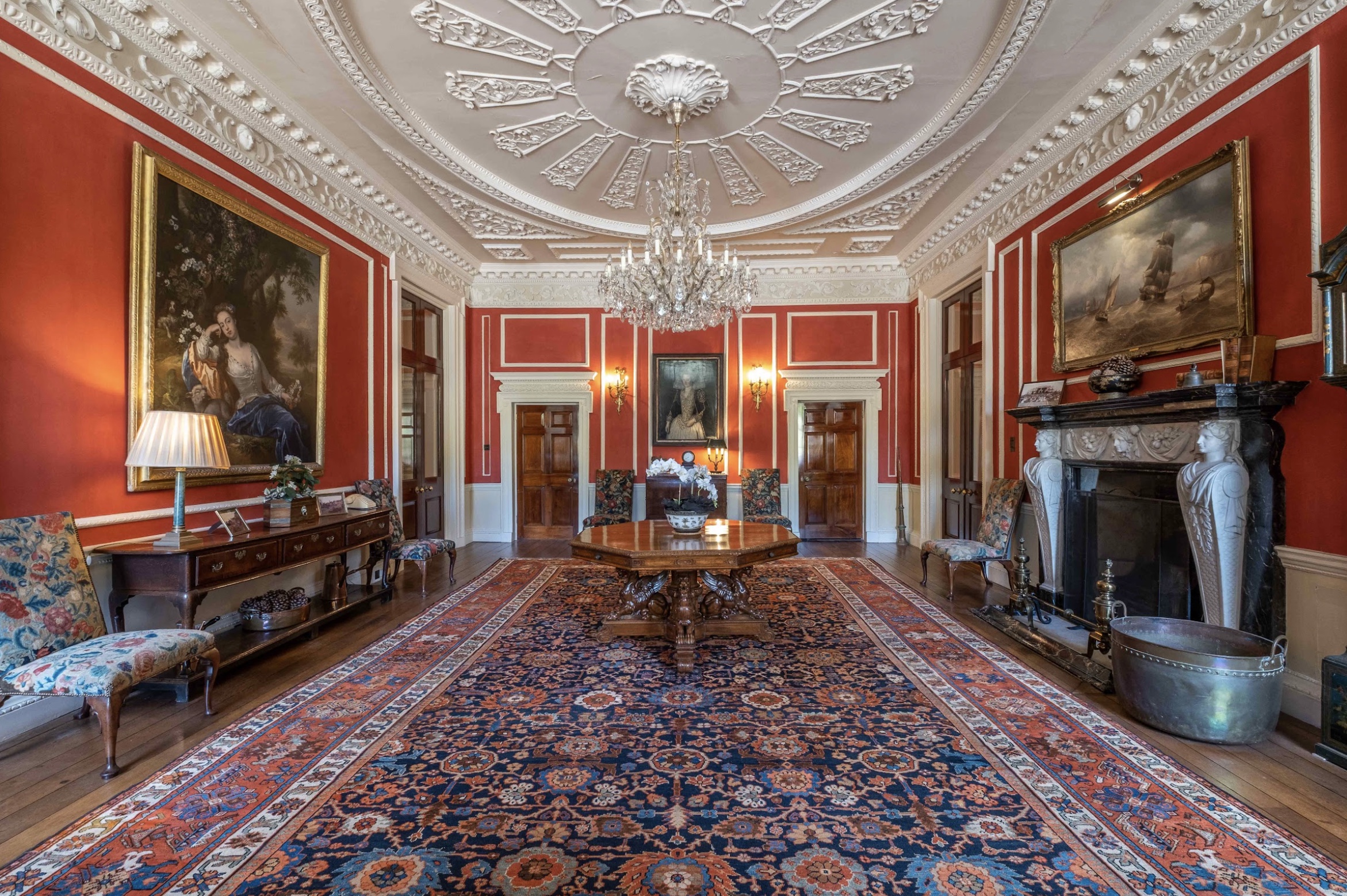
Having established its headquarters at Linton Park, the company embarked on a long-term project to restore the estate, which by then was in a state of dire neglect. The company headquarters were set up on the upper floors of the main house while the grand 18th-century rooms were painstakingly restored to their historic splendour, even to the extent of sourcing original Cornwallis family portraits to hang on the dining-room walls. When, in 2015, the previously owned adjoining Linton Park land, cottages and parkland came back on the market, Camellia moved in to buy it, thereby restoring the estate to its original size and configuration, to the delight of company chairman Malcolm Perkins, for whom it was ‘job done’.
‘With planning consent now in place to restore Linton Park to residential use, all that remains for a new owner to do is to reinstate half-a-dozen bathrooms that have been used as offices,’ says an enthusiastic Mr McAndrew who, even in these unreadable times, expects to see enquiries flowing in from all over the world.
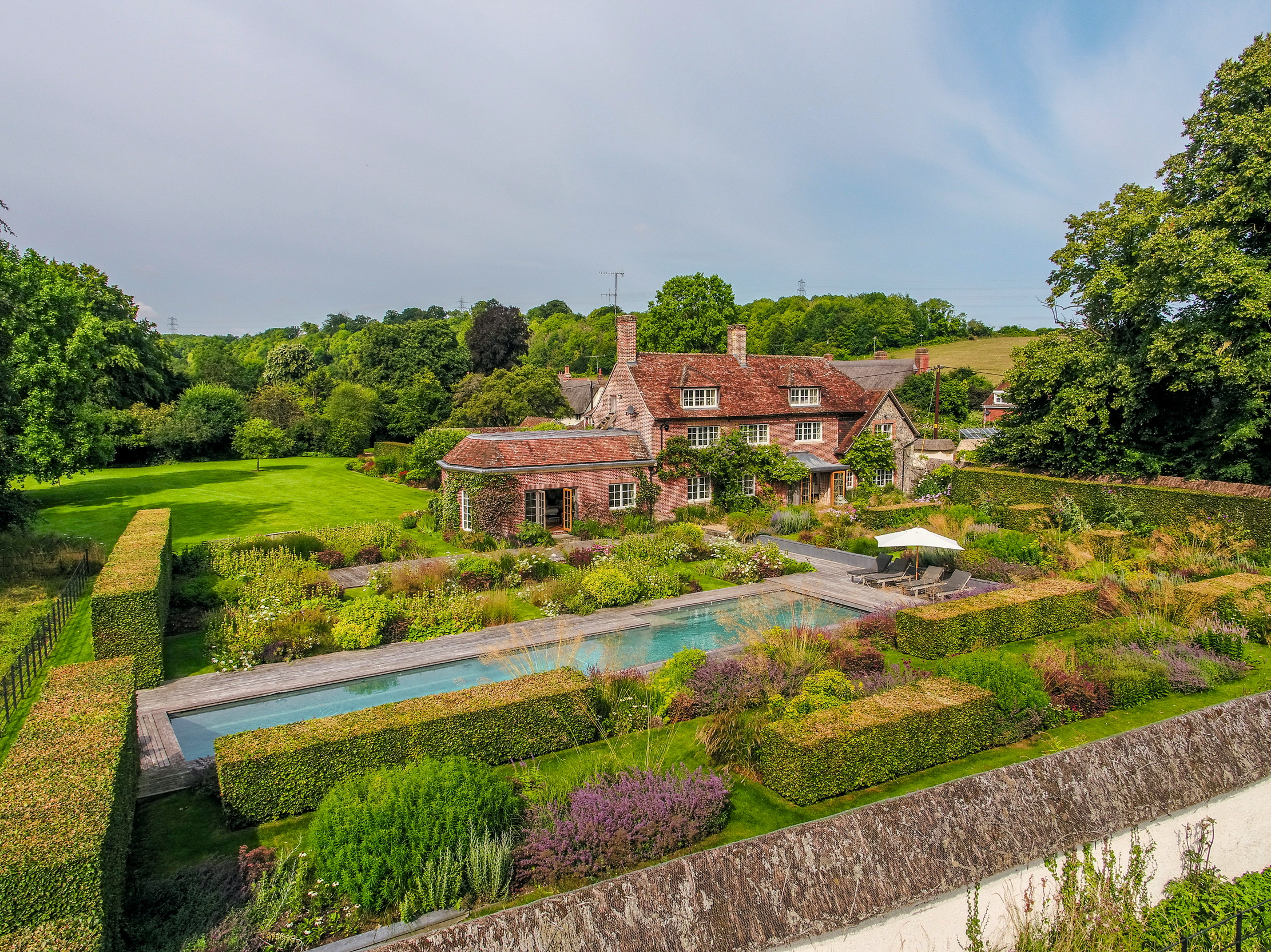
Credit: Strutt and Parker
Best country houses for sale this week
An irresistible West Country cottage and a magnificent Cumbrian country house make our pick of the finest country houses for
-
 In search of London’s earliest pint
In search of London’s earliest pintEarly houses — pubs open in the early hours to feed and water the market trade — have been a cornerstone of London for centuries. Yet, as Will Hosie finds, they aren’t stuck in the past.
By Will Hosie Published
-
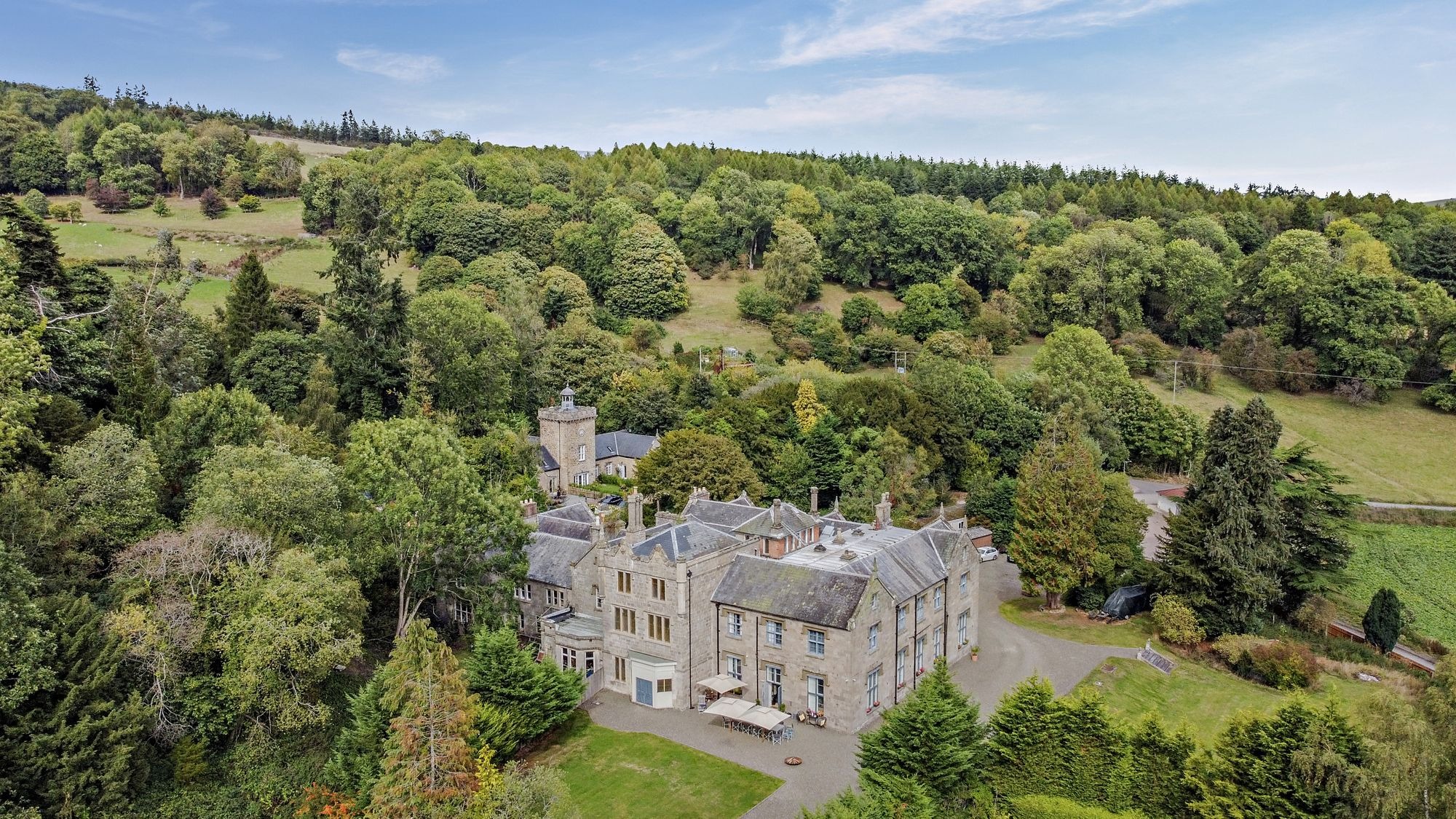 A 14-bedroom 'miniature Downton Abbey' to call your own — and there's not a penny of Mansion Tax to be paid
A 14-bedroom 'miniature Downton Abbey' to call your own — and there's not a penny of Mansion Tax to be paidNorton Manor is an incredible period home that's on the market for £1.3 million.
By Toby Keel Published
-
 A 14-bedroom 'miniature Downton Abbey' to call your own — and there's not a penny of Mansion Tax to be paid
A 14-bedroom 'miniature Downton Abbey' to call your own — and there's not a penny of Mansion Tax to be paidNorton Manor is an incredible period home that's on the market for £1.3 million.
By Toby Keel Published
-
 The dream ski chalet for sale: Plan world domination and ski Japow at the same time
The dream ski chalet for sale: Plan world domination and ski Japow at the same timeEach week, James Fisher fantasises about a dream ski chalet he'd like to buy, but can't — from architecturally striking marvels, to cosy mountain retreats, and everything in between. This week, we are off to the top of the Rusutsu resort in Japan.
By James Fisher Published
-
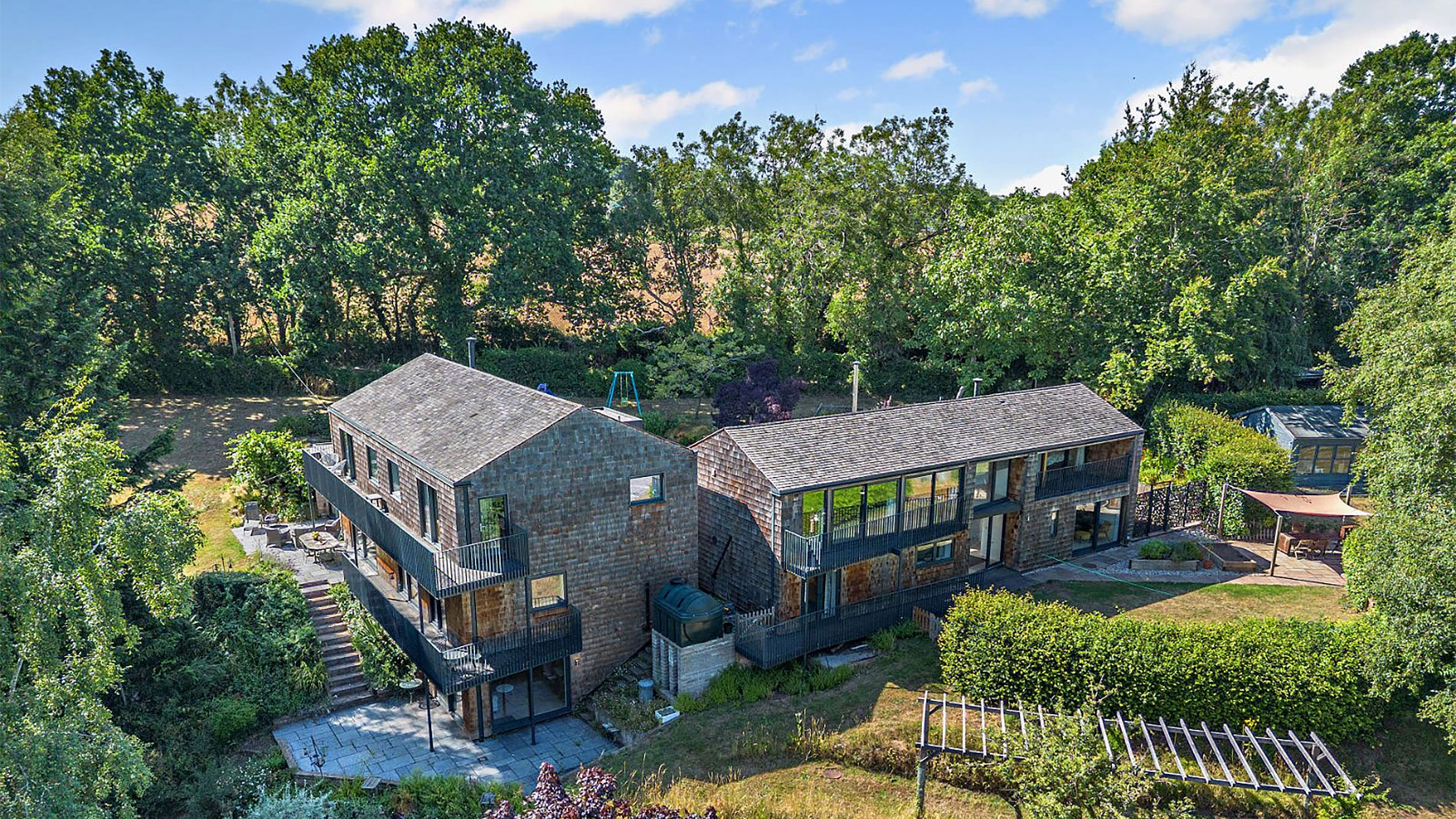 A country home that comes with a perfect lifestyle business: one of Britain's oldest vineyards
A country home that comes with a perfect lifestyle business: one of Britain's oldest vineyardsAstley Vineyard in Worcestershire, and the lovely house that it comes with, are looking for a new owner.
By Toby Keel Published
-
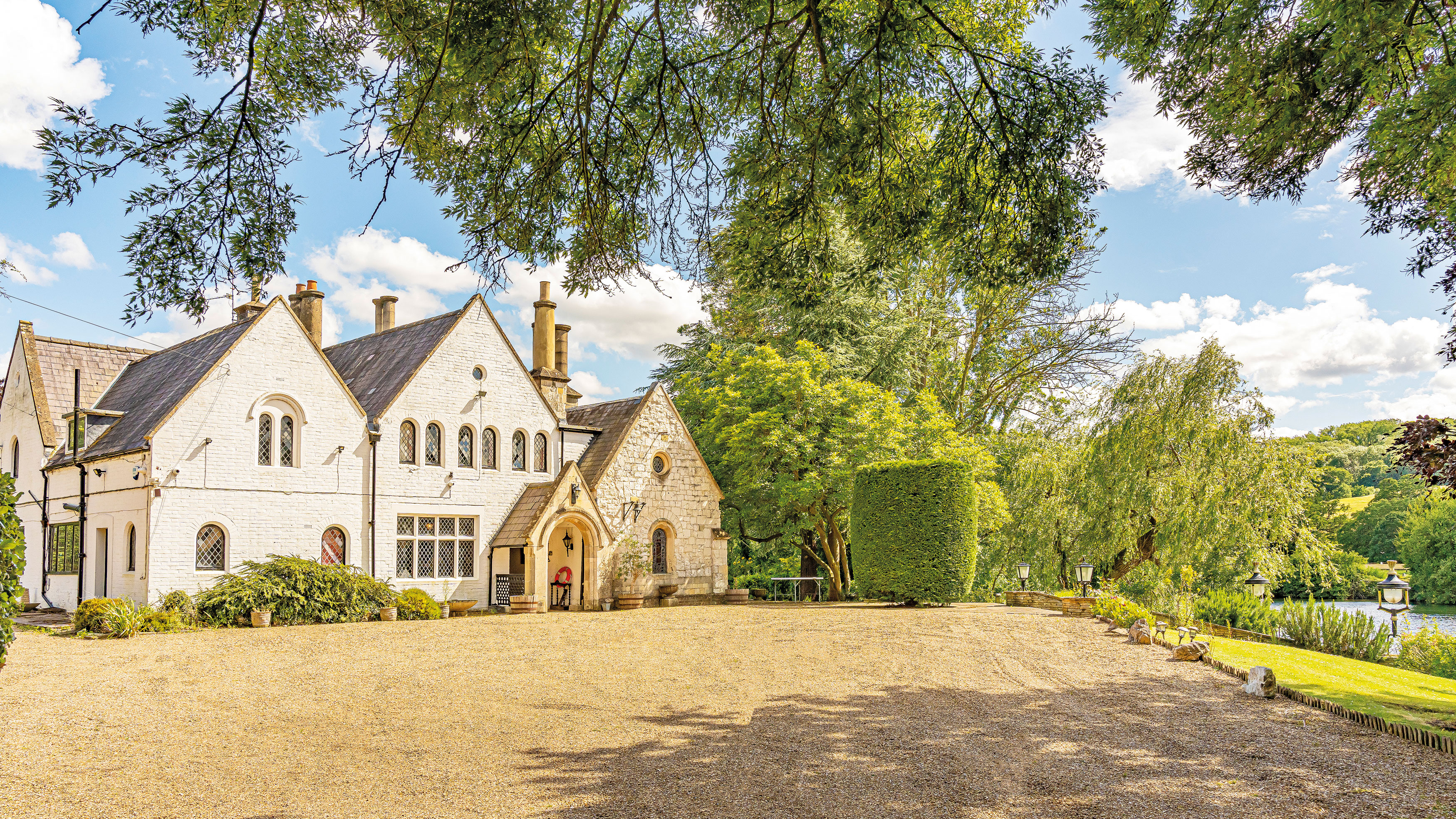 Magna Carta Island for sale on the Thames, complete with the stone tablet on which Magna Carta itself is said to have been sealed
Magna Carta Island for sale on the Thames, complete with the stone tablet on which Magna Carta itself is said to have been sealedThis beautiful house on a private island on the River Thames isn't just a charming home — it's one with an extraordinary tale to tell.
By Toby Keel Published
-
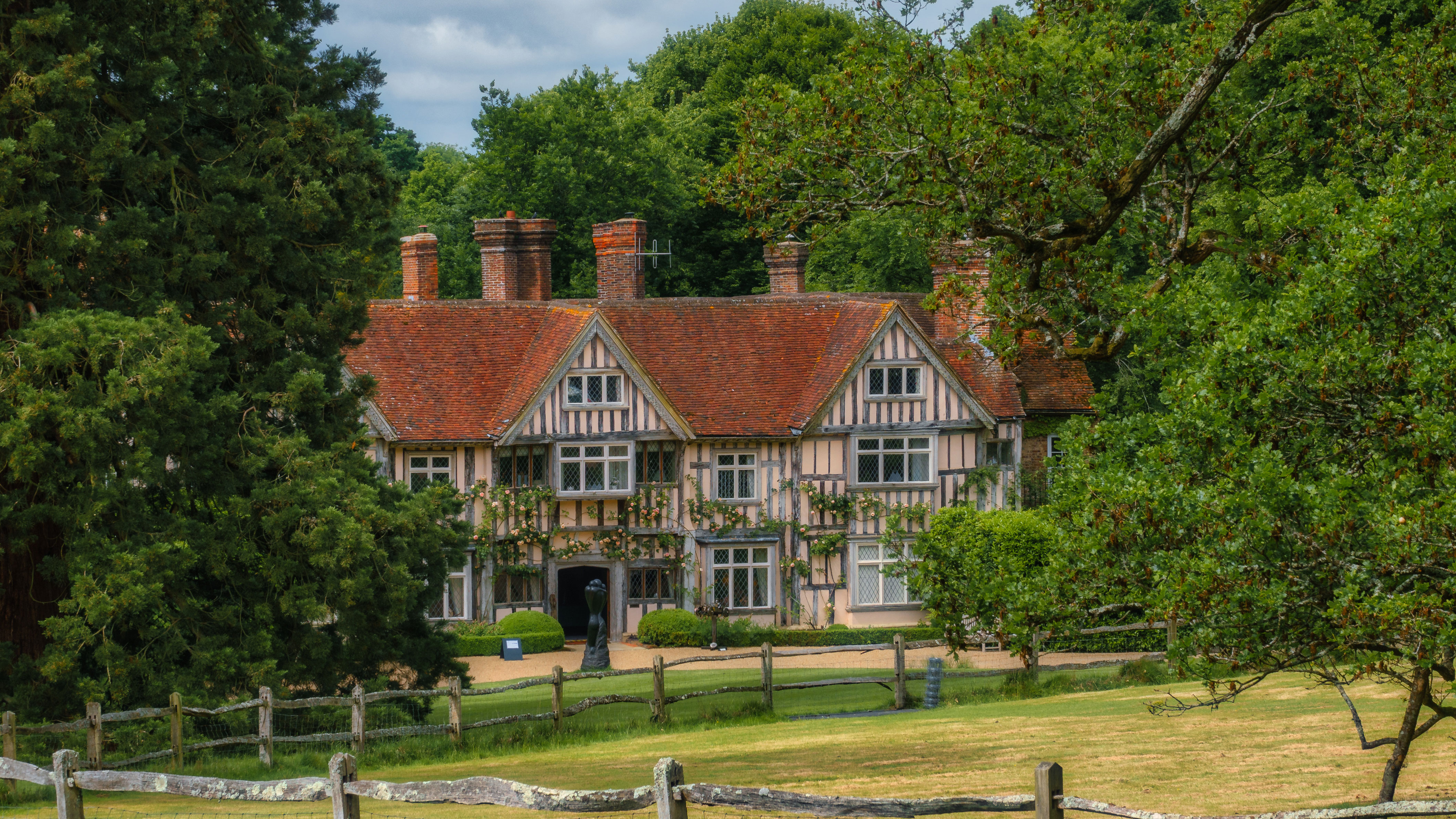 'Good news, let’s make the £20 million deal happen': The Mansion Tax that turned out to be 'the least worst outcome for prime property', and the places that will be hit
'Good news, let’s make the £20 million deal happen': The Mansion Tax that turned out to be 'the least worst outcome for prime property', and the places that will be hitWhere in Britain are the £2 million homes set to be hit by the Mansion Tax? Anna White takes a look.
By Anna White Published
-
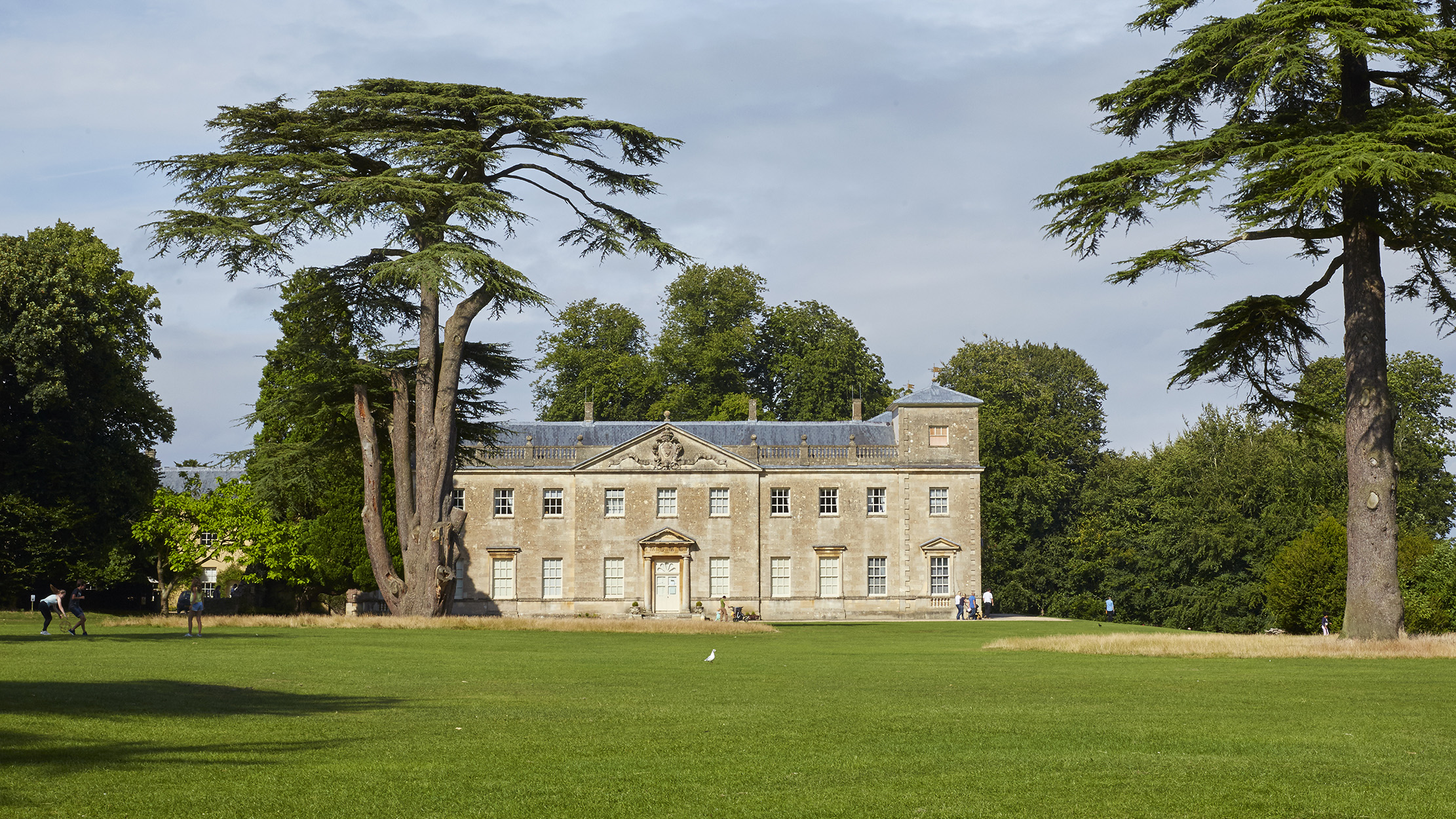 The Mansion Tax is here: Who will be hit, when and for how much
The Mansion Tax is here: Who will be hit, when and for how muchChancellor of the Exchequer Rachel Reeves has announced that the mansion tax will come into force in England and Wales from April 2028.
By Toby Keel Published
-
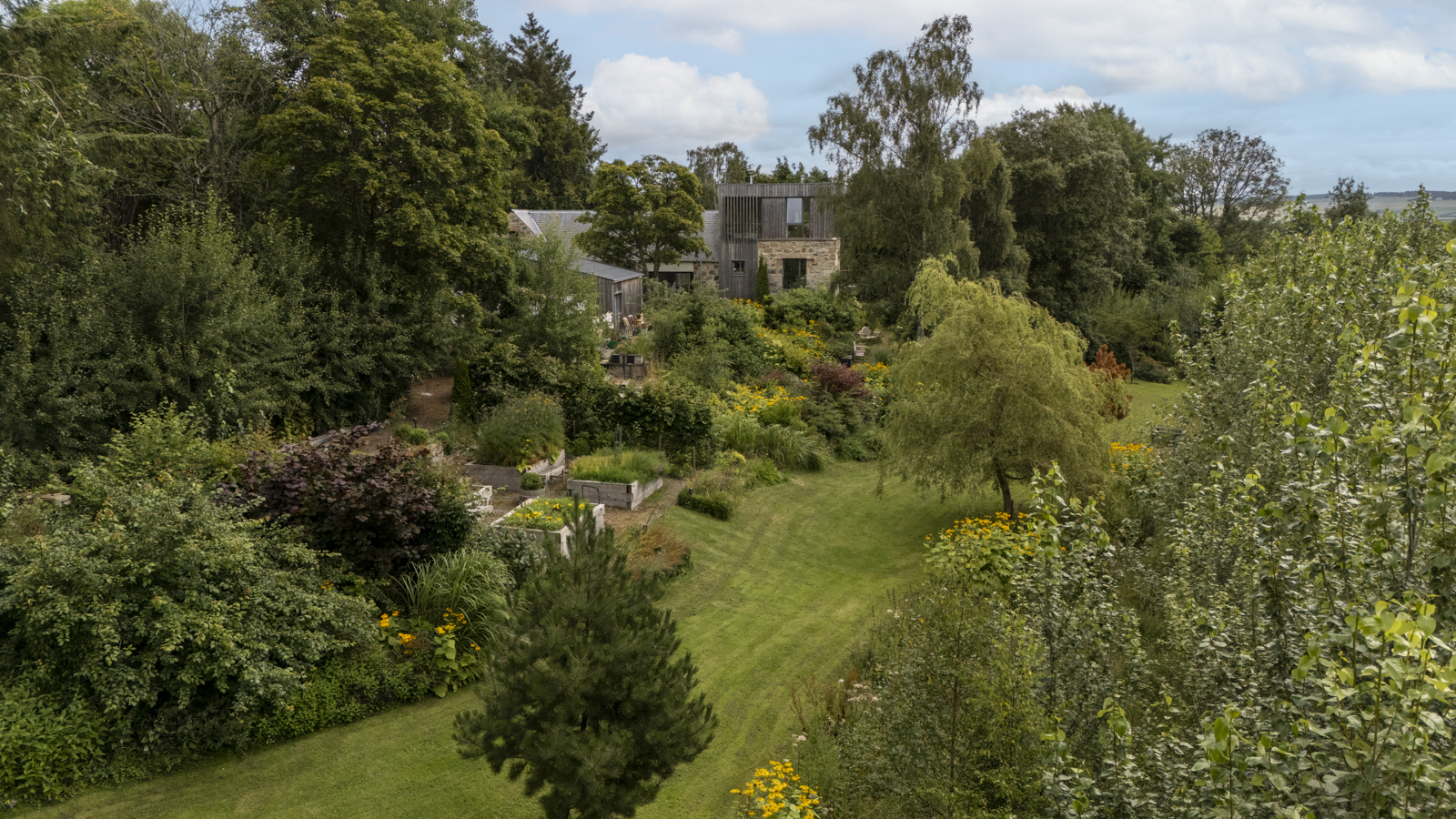 A wreck's renaissance: The 150-year-old mill that was falling apart stone by stone, now a beautiful Highland home ready for the next century and a half
A wreck's renaissance: The 150-year-old mill that was falling apart stone by stone, now a beautiful Highland home ready for the next century and a halfBogbain Mill's award-winning transformation was a labour of love for the owner, but it's now time for them to move on.
By Toby Keel Published
-
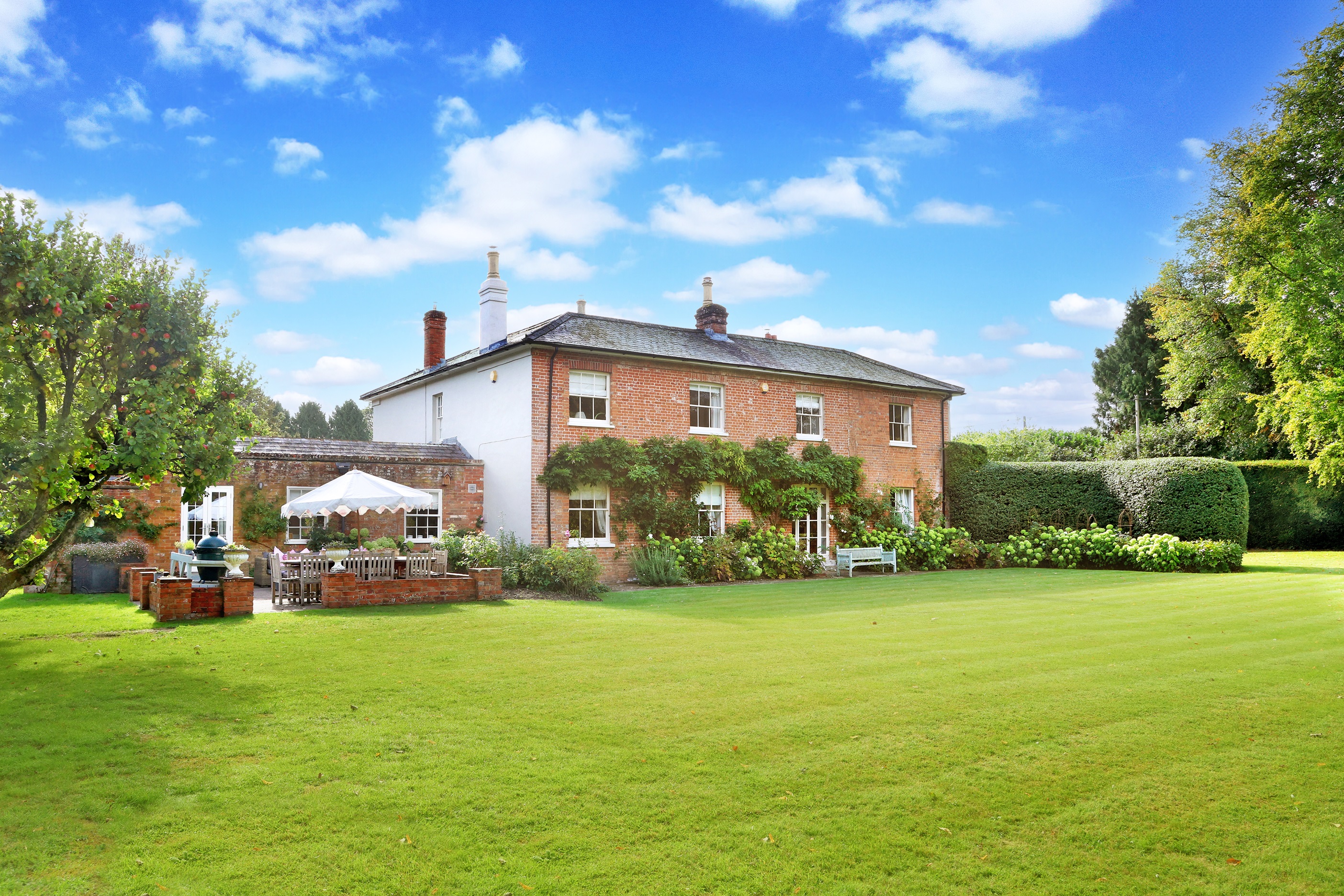 Old rectories are the second most sought-after homes in Britain, and this idyllic £2.45 million home is a perfect example of why
Old rectories are the second most sought-after homes in Britain, and this idyllic £2.45 million home is a perfect example of whyPenny Churchill looks at the wonderfully pretty Oakley House in Hampshire.
By Penny Churchill Published

